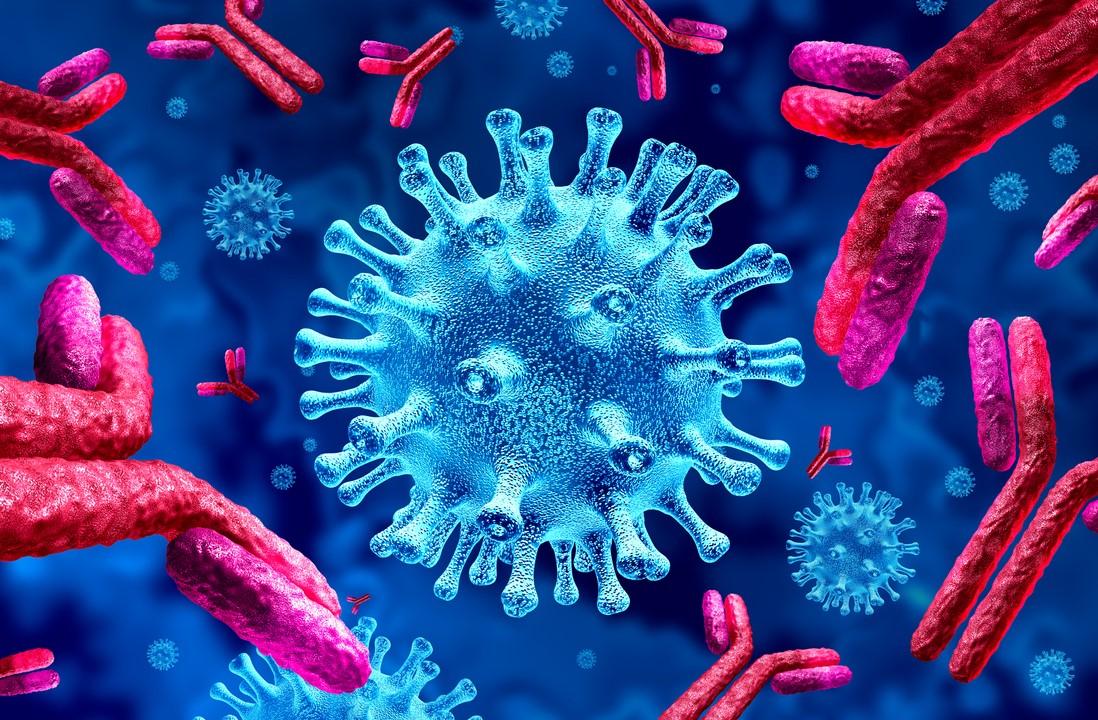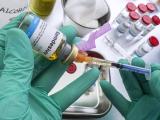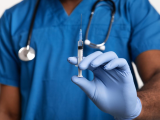Two new large, real-world studies yesterday in the New England Journal of Medicine (NEJM) show waning Pfizer/BioNTech COVID-19 vaccine protection, one finding dramatically lower protection against infection—but not hospitalization or death—5 to 7 months after the second dose in Qatar, and the other detailing reduced immune response over 6 months in Israel.
Protection drops to 20% after 5 to 7 months
A team led by Cornell University at Qatar researchers estimated vaccine effectiveness (VE) of the Pfizer vaccine against SARS-CoV-2 infection and severe or fatal disease from Jan 1 to Sep 5, 2021. The observational study used a test-negative, case-control design.
In Qatar, 947,035 of residents 12 years and older had received at least one Pfizer vaccine dose from Dec 21, 2020, to Sep 5, 2021, and 907,763 had received two. Median time between the two doses was 21 days. Over the same period, 564,196 residents were given at least one dose of the Moderna vaccine, 494,859 of whom received two doses.
In the first 2 weeks after the first dose of the Pfizer vaccine, estimated VE against any SARS-CoV-2 infection was less than 0. A week later, it increased to 36.8%, peaking at 77.5% in the 4 weeks after the second dose.
But VE against infection with SARS-CoV-2 and all variants (including Alpha (B117, Beta [B1351], and Delta [B1617.2]) gradually waned after 1 month, with the decline accelerating after month 4, to only about 20% after 5 to 7 months after the second dose, regardless of age-group. While VE against both asymptomatic and symptomatic infection waned similarly, VE against symptomatic illness was higher.
VE against severe, critical, or fatal COVID-19 rose quickly after the first dose, reaching 66.1% by the third week after receipt of the first vaccine dose and at least 96% in the first 2 months after the second dose. VE remained at 90% or higher for 6 months. Median study participant age was 31 years, and 69% were male.
Of 947,035 participants who had received one dose of the Pfizer vaccine, 8,203 (0.9%) were diagnosed as having a COVID-19 breakthrough infection, as were 10,543 of 907,763 participants (1.2%) who received two doses. Thirty-five percent of infected participants were diagnosed on the basis of symptoms, while the remainder tested positive on polymerase chain reaction testing. Of all breakthrough infections, 77% occurred in those who received the Pfizer vaccine.
By Aug 30, 2021, 377 people given one dose of the Pfizer vaccine had been hospitalized, as were 106 given two doses. Thirty-two patients who had received one dose were admitted to the intensive care unit, as were 10 given both doses. Thirty-four patients given one dose and 15 given both doses died.
"These findings suggest that a large proportion of the vaccinated population could lose its protection against infection in the coming months, perhaps increasing the potential for new epidemic waves," the researchers concluded.
In a NEJM audio interview, journal Deputy Editor Lindsey Baden, MD, PhD, said of the findings, "This seems to be consistent with the anecdotal observations here in the US. The increase in severe disease has been almost entirely in two groups—the unvaccinated and the immunocompromised."
Immune correlates of protection unknown
In the second study, a team led by researchers from Sheba Medical Center in Tel Hashomer, Israel, studied 4,868 vaccinated healthcare workers tested monthly for anti-spike immunoglobulin G (IgG) and neutralizing antibodies against SARS-CoV-2 from Dec 19, 2020, to Jul 9, 2021.
Over the study period, 20 healthcare workers (0.4%) were diagnosed as having a COVID-19 breakthrough infection.
The expected geometric mean IgG level during days 4 through 30 after two Pfizer vaccine doses (the peak period) was 29.3 as a sample-to-cutoff ratio. IgG concentrations fell substantially each month and had decreased by a factor of 18.3 after 6 months.
Likewise, neutralizing antibody concentrations dropped by a factor of 3.9 between the peak and the end of the study but declined more slowly from months 3 to 6 (factor of 1.2). Expressed as a 50% neutralizing level, geometric mean concentration of neutralizing antibodies was 557.1 at the peak, decreasing to 119.4 by 6 months.
Six months after the second dose, neutralizing antibody concentrations were much lower in men than in women (ratio of means [RoM], 0.64), those 65 years and older versus those 18 to 44 years (RoM, 0.58), and immunosuppressed vaccinees (RoM, 0.30).
From the peak to the end of the study, substantially lower IgG levels were tied to older age, male sex, and the presence of at least two underlying chronic conditions (high blood pressure, diabetes, abnormal cholesterol levels, and heart, lung, kidney, or liver disease), autoimmune disease, and immunosuppression.
Throughout the study, obesity (at least 30 kg/m2) was linked with significantly higher neutralizing antibody levels than a lower body mass index. "Obesity is associated with severe COVID-19, and disease severity is associated with a higher COVID-19 humoral immune response," the authors explained.
By the end of the study, a mixed-model analysis of 3,808 participants showed drops in IgG and neutralizing antibody levels of 38% and 42%, respectively, among those 65 years and older, compared with younger participants and of 37% and 46% among men compared with women, respectively.
"Our data provide important insights into the longitudinal dynamics of the immune response to BNT162b2 [Pfizer] vaccination," the researchers concluded. "As this pandemic continues to evolve, the importance of determining immune correlates of protection after vaccination becomes clearer."
In the NEJM audio interview, journal Editor-in-Chief Eric Rubin, MD, PhD, cautioned that, while antibody levels likely correlate with levels of protection against SARS-CoV-2, the level needed has yet to be quantified. "In time, we may better understand what these data mean and, ultimately, what we need are clinical data to guide our understanding of protection."



















